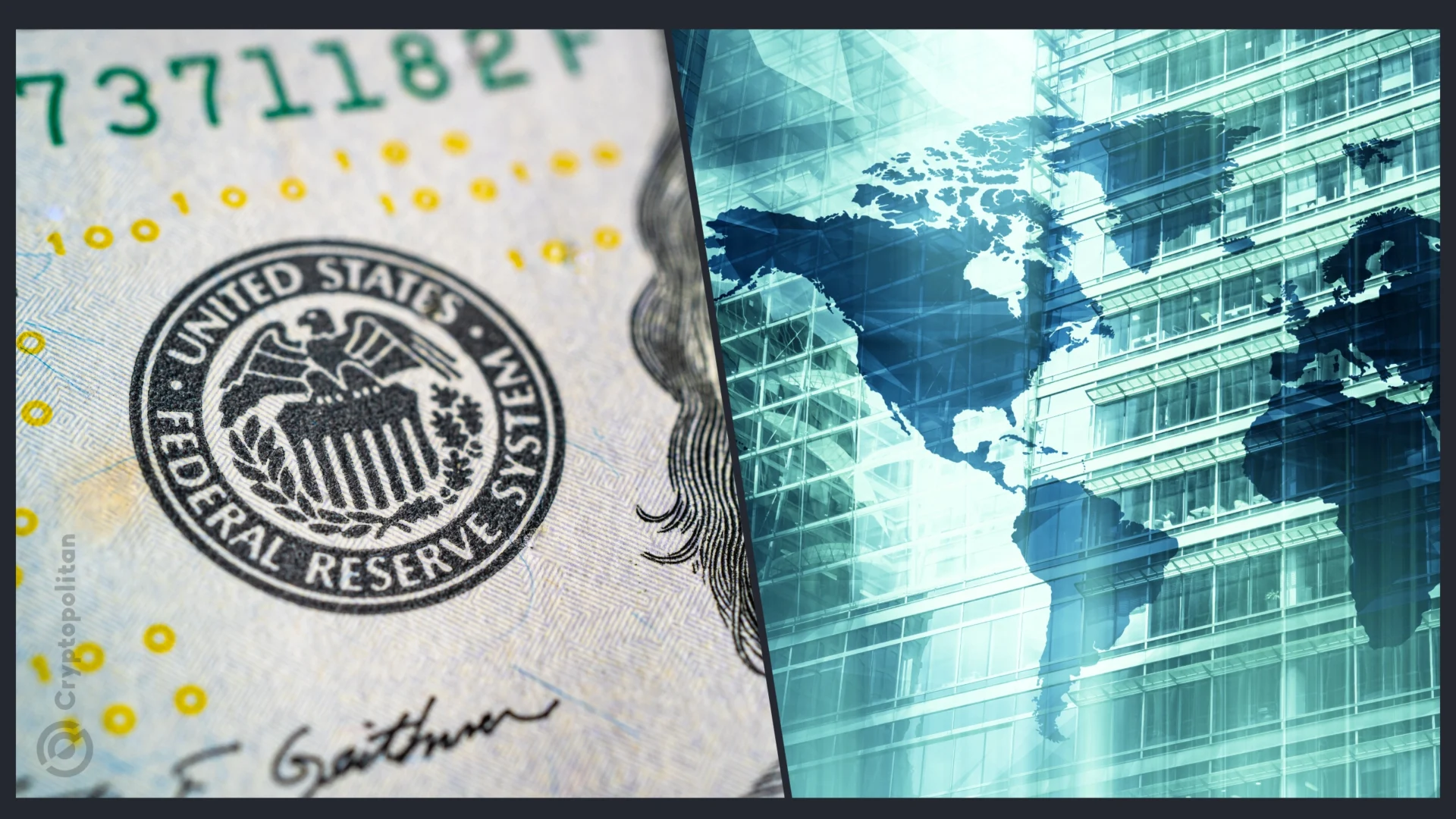Tonight, the Federal Reserve of the United States is expected to do something it hasn’t done since March 2020:- CUTTING INTEREST RATES!
Despite being ready, investors all around the world are nervous, unsure what exactly to expect from financial markets and the global economy in the aftermath.
The Fed is behind its counterparts, like the Bank of England, the European Central Bank, and central banks in Canada, Mexico, Switzerland, and Sweden.
They’ve already slashed rates to deal with their slowing economies and inflation. But no one moves the needle like the Fed, the largest central bank on the planet.
So of course the rate cuts will shake every corner of the financial world.
Currencies, commodities, and markets in the line of fire
Interest rate changes always affect currencies. All the time.
Higher rates mean better returns for foreign investors, driving up the value of the currency in question.
This has been seen in the last couple of years as the US dollar surged while Japan and Turkey, both with low rates, saw their currencies crumble.
The yen and lira were battered, but the dollar shot up against a basket of global currencies, hitting new highs throughout 2022.
The gap between the Fed’s rates and other central banks is already causing friction.
You see, a stronger dollar makes imports more expensive for countries with weaker currencies, rallying up inflation for them.
Central banks like Japan’s are in a tough spot, trying to keep inflation in check while their currency stays weak.
Though as we saw on August 5th, the Bank of Japan just might be as powerful as the Federal Reserve since it single handedly crashed every single financial market, including crypto.
In seconds, Bitcoin tumbled all the way below $50k for the first time in months.
Then there’s the US economy itself. A weakening labor market and recession fears are lurking around. Gold, which spiked to record highs this week as the market anticipated the Fed’s move, could plunge.
Traditionally, higher rates make gold less attractive since bonds and other fixed-income investments offer better returns.
But gold is also an inflation hedge, and with rates dropping, inflation might rise, increasing the demand for gold.
Oil and other commodities, typically priced in dollars, might benefit from a Fed rate cut too. A lower borrowing cost can stimulate economic activity, driving up demand for these raw materials.
Developing and undeveloped economies, in particular, are hypersensitive to US monetary policy. Any move by the Fed is likely to hit them harder than larger economies.
Equity markets? Not immune either. Wall Street has been on edge since Friday, swaying with every bit of news about when and how much the cut rates will be.
Ray’s warning and the major global forces
Ahead of the rate decision, Ray Dalio, top Wall Street player and founder of Bridgewater Associates, laid out three interconnected forces driving the global economy.
First up: Debt, money, and the economic cycle. It is no secret that the US is sitting on a mountain of debt.
With the highest rates in 23 years, the federal government has to shell out $1.049 trillion for debt service alone.
That’s 30% more than last year, and it’s expected to reach $1.158 trillion in total for 2024. Ray wonders how this debt would be managed in the wake of the rate cut.
He also raised the issue of internal order and disorder within the US.
The upcoming election is exposing deep divisions, with Kamala Harris now seen as a stronger candidate than Donald Trump, according to a CNBC Fed Survey.
But beyond who takes office, Ray pointed out that the transition of power itself could be messy, with stark gaps in wealth and values pulling the country apart.
The internal political chaos could, in turn, create more market instability.
The third force Ray mentioned is the tension between major global powers, particularly the US and China-Russia.
Geopolitical conflicts between these superpowers could easily escalate, he warned. There’s already friction over trade, tariffs, Ukraine, and Iran.
The stock market, meanwhile, might be setting itself up for disappointment. Last week, traders were bracing for a quarter-point rate cut. But now, the market is betting on a half-point reduction.
That change has pushed the S&P 500 and Dow Jones to all-time highs.
The CME FedWatch Tool shows traders are now giving a 63% chance to a 50-basis-point cut, dropping rates from the current 5.25%-5.50% to a range of 4.75%-5%. The chance of a more modest 25-point cut sits at 37%.
JPMorgan warned that if the Fed goes for a half-point cut, it could calm the markets by confirming expectations of aggressive rate cuts all through to December.
But some analysts are worried that it could signal deeper economic troubles for the most powerful nation on earth.
Cutting rates by half a point has historically led to poor returns in equity markets, as seen during the Great Financial Crisis and the dot-com bubble burst.
There’s a strong argument for speeding up the rate cuts. But there’s a lot of uncertainty.
Plus, it’s unusual for Jermoe Powell and his team to leave markets in the dark so close to the next US presidential election. With the Fed committee divided, no one can say for sure which way the decision will go.
All we can do now is wait.





